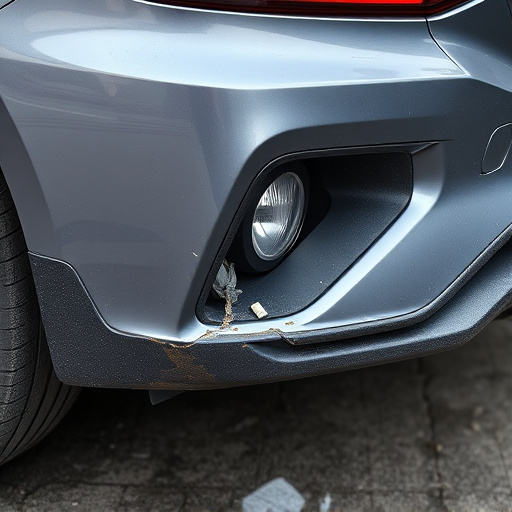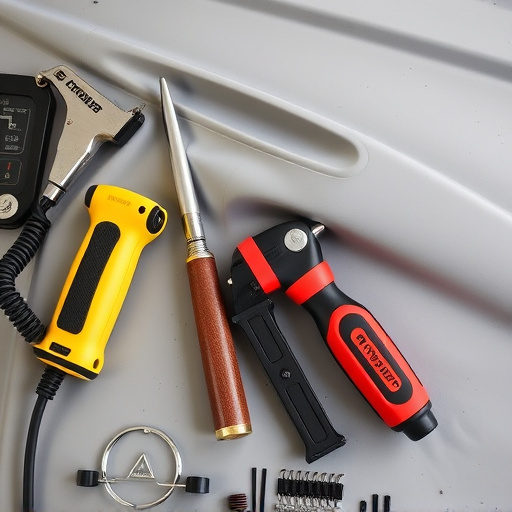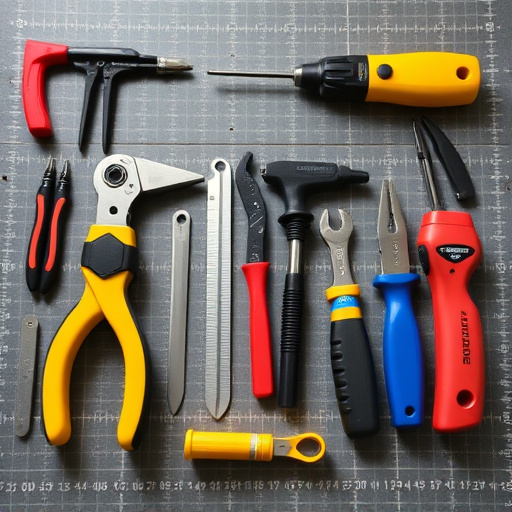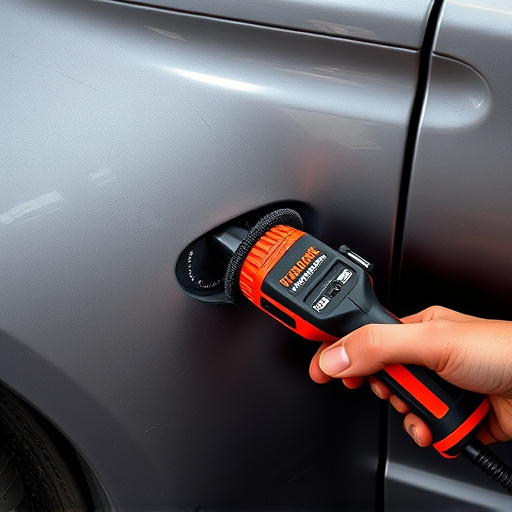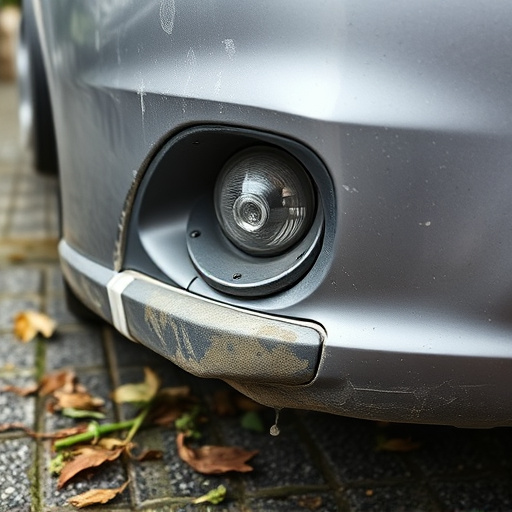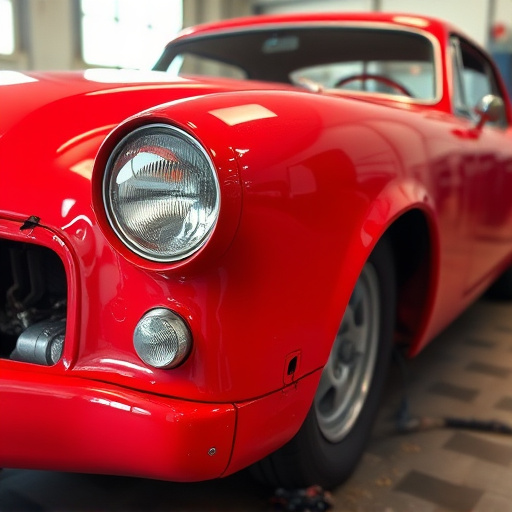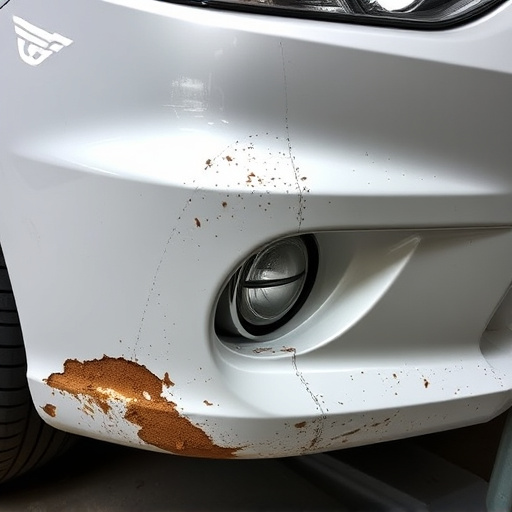Regular transmission inspections are crucial for vehicle maintenance and safety, especially post-accidents. In collisions, advanced tools are used to identify internal damages to gears, bearings, and clutches. Skilled technicians perform precise repairs or replacements, extending transmission lifespan and ensuring optimal performance after accidents.
Accidents can significantly impact a vehicle’s performance, particularly its transmission system. This article delves into the intricate world of transmission systems, exploring their basic functions and complex components. We examine how accidents affect these delicate mechanisms, emphasizing the critical need for thorough post-accident transmission inspections. By understanding the potential damage and employing effective repair techniques, professionals can ensure optimal transmission performance and enhance vehicle reliability following a collision. Key terms: transmission inspection accident
- Understanding Transmission Systems: Basics and Functions
- Impact of Accidents on Transmission Components
- Post-Accident Transmission Inspection and Repair Techniques
Understanding Transmission Systems: Basics and Functions
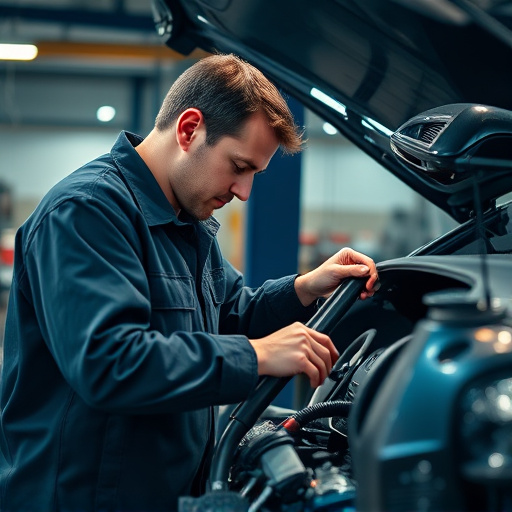
Transmission systems are a crucial component of any vehicle, responsible for transferring power from the engine to the wheels, enabling smooth and efficient driving. These complex mechanisms consist of various parts, including gears, clutches, and shafts, which work in harmony to ensure the vehicle’s performance and responsiveness. A transmission inspection is an essential part of vehicle maintenance as it helps identify potential issues early on, preventing more severe damage.
In the event of an accident, especially if there is significant car damage repair involved, thorough transmission assessment becomes critical. Even minor fender benders or dents removal can sometimes lead to internal transmission issues that might go unnoticed during a routine check-up. Understanding the basic functions and components of the transmission system allows vehicle owners and mechanics to recognize potential problems and address them promptly, ensuring optimal performance and extending the lifespan of this vital mechanical assembly.
Impact of Accidents on Transmission Components
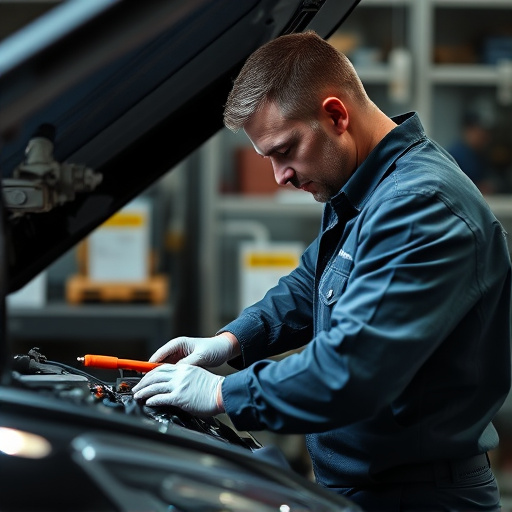
Accidents can significantly impact a vehicle’s transmission components, potentially leading to serious performance issues and even permanent damage. During a collision, the force of impact can cause various parts of the transmission system to shift, deform, or completely break down. These components include gears, bearings, and clutches, which work together to transmit power from the engine to the wheels. A thorough transmission inspection after an accident is crucial to identify any structural integrity breaches that could compromise the drivetrain’s efficiency and safety.
Proper auto maintenance before and after accidents plays a vital role in ensuring optimal transmission performance. In many cases, regular servicing can help prevent catastrophic failures by identifying and addressing potential issues early on. If a car has been involved in a collision, it’s essential to visit a reputable auto repair shop or car body shop for a comprehensive assessment. Skilled technicians will employ advanced diagnostic tools and expertise to evaluate the transmission’s condition, making recommendations for repairs or replacements as needed.
Post-Accident Transmission Inspection and Repair Techniques
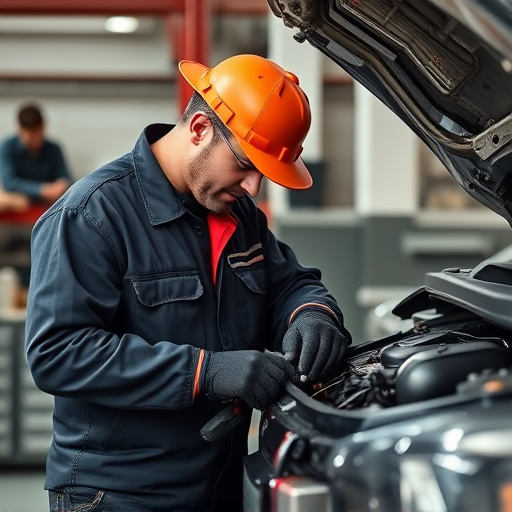
After a vehicle is involved in an accident, a thorough transmission inspection becomes paramount to ensure safe and optimal performance. The impact of collisions can cause internal damage that may not be immediately apparent, affecting the clutch, gears, and other critical components. Skilled technicians in a reputable collision repair shop employ advanced diagnostic tools to assess these damages, providing detailed reports on any required repairs. This meticulous process is essential for a smooth driving experience, especially for luxury vehicle owners who seek top-tier auto maintenance services.
Effective transmission repair techniques involve a combination of replacement parts and precision adjustments. Depending on the severity of the accident, components like bearings, seals, or even the entire transmission assembly might need to be replaced. Technicians carefully disassemble the affected area, identify faulty parts, and install new ones, ensuring proper alignment and lubrication. This meticulous approach not only restores the vehicle’s transmission performance but also extends its lifespan, thereby saving owners from costly replacements in the long run.
Accidents can significantly impact a vehicle’s transmission performance, underlining the importance of thorough transmission inspection after any collision. Understanding how accidents affect crucial components like gears, bearings, and clutches is essential for effective repair techniques. By adopting meticulous inspection methods, mechanics can ensure optimal transmission functionality, enhancing vehicle safety and reliability on the road. This knowledge is vital for both professionals and car owners to navigate potential post-accident challenges related to these complex systems.
